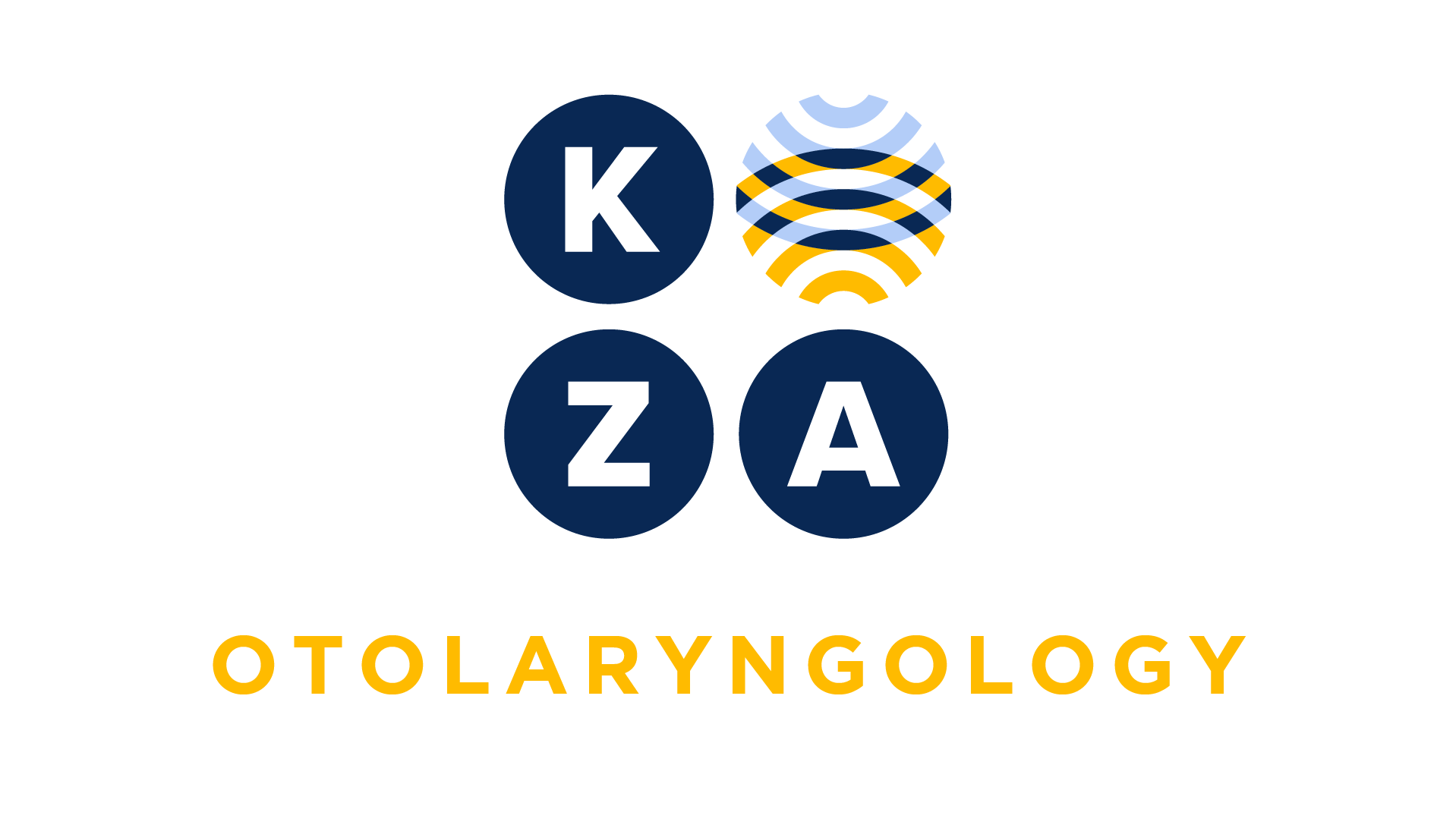
Choose your specialty from the list below to see how our experts have tackled a wide range of client questions.
Looking for something specific? Utilize our search feature by typing in a key word!
Trigger Finger Release with Tenosynovectomy
In our practice, we often receive cases where the patient comes in for trigger finger release. Tenosynovitis is also identified after the procedure starts. In addition to performing the trigger finger release, a tenosynovectomy is performed on the involved tendon. Can we report both?
Question:
In our practice, we often receive cases where the patient comes in for trigger finger release. Tenosynovitis is also identified after the procedure starts. In addition to performing the trigger finger release, a tenosynovectomy is performed on the involved tendon. Can we report both?
Answer:
Thank you for your inquiry.
According to AAOS Global Service Data, tenolysis or tenosynovectomy is included in procedure code 26055, and any tenolysis or tenosynovectomy would not be separately reported. Additionally, there are NCCI edits between 26055 and 26440 /26442, respectively. The edit may not be bypassed with a modifier.
The intent of the surgery is to release the trigger finger, which would be appropriately reported with CPT 26055.
*This response is based on the best information available as of 5/8/25.
Epistaxis
If I perform a nasal endoscopy to localize the site of a nosebleed, then remove the scope and use a nasal speculum to cauterize, can I report both 31231 and 30901?
Question:
If I perform a nasal endoscopy to localize the site of a nosebleed, then remove the scope and use a nasal speculum to cauterize, can I report both 31231 and 30901?
Answer:
You should not report both CPT code 31231 and 30901 (Control nasal hemorrhage, anterior, simple (limited cautery and/or packing) any method) for this procedure. CPT code 30901 would be the most appropriate choice for cauterizing a nosebleed. 31231 is a diagnostic procedure and includes the parenthetical statement “separate procedure.” This code is included in a more definitive therapeutic/treatment procedure at the same operative session. Report either CPT code 31231 or 30901, but not both codes.
*This response is based on the best information available as of 5/8/25.
Costotransversectomy Included in Transthoracic Corpectomy
Is a costotransversectomy included with non-tumor/lesion transthoracic corpectomies?
Question:
Is a costotransversectomy included with transthoracic corpectomies?
Answer:
Yes. A costotransversectomy involves removing a rib or ribs for a thoracic approach to the spine and is always included as part of the approach in a transthoracic corpectomy.
*This response is based on the best information available as of 5/8/25.
Modifier 80 vs. 82
What is the difference between modifier 80 and modifier 82 when a physician is acting as an assistant during surgery?
Question:
What is the difference between modifier 80 and modifier 82 when a physician is acting as an assistant during surgery?
Answer:
While both modifier 80 and modifier 82 are used when a physician is actively participating as an assistant to a primary surgeon during a surgical procedure, the modifier 82 is used in teaching or university hospitals that have approved Graduate Medical Education (GME) programs for residents. In these teaching hospitals, there must be documentation indicating that no qualified resident was available to assist to allow for another physician to act as the assistant surgeon, and then modifier 82 is appended to that assistant surgeon.
*This response is based on the best information available as of 4/24/25.
Documentation to Support Modifier 22
When performing spinal procedures, does documentation of obesity support the use of modifier 22?
Question:
When performing spinal procedures, does documentation of obesity support the use of modifier 22?
Answer:
Documentation of obesity alone does not support the use of modifier 22, however, additional information indicating the patient’s obesity resulted in a procedure that was technically more difficult, or required more time than normal (i.e., suggesting that the neck was thick, positioning was difficult, more time was spent), could support the use of modifier 22.
*This response is based on the best information available as of 4/24/25.
Arthrodesis With Local Graft
What is the appropriate CPT code to report when local autograft is used and taken from the reamings and allograft is used for arthrodesis of the IP joint? Which CPT code is correct, 26862 or 26860?
Question:
What is the appropriate CPT code to report when local autograft is used and taken from the reamings and allograft is used for arthrodesis of the IP joint? Which CPT code is correct, 26862 or 26860?
Answer:
Thank you for your question.
CPT 26860 includes using locally obtained autograft bone in addition to the allograft. In contrast, CPT code 26862 is reported when an autograft is obtained from a separate site and is valued for the additional work involved in obtaining that graft from a separate anatomical location.
Based on the question and presented scenario, the correct CPT code is 26860.
*This response is based on the best information available as of 4/24/25.
Do you have a Coding Question you would like answered in a future Coding Coach?
If you have an urgent coding question, don't hesitate to get in touch with us here.



